Most Popular
Eye Plus

When hanji is put into epoxy resin, the paper soaks up the fluid and solidifies in the form of a panel.
The panels are carved and connected into furniture, while hanji’s unique patterns can be seen through its transparent surface.
This is how Son Sang-woo, a furniture designer, makes his works.

Hanji is traditional Korean paper made from mulberry bark. As the bark’s texture is visible on the paper, Son’s works display unique patterns and gloss.
“Many people are curious when they first see my works. As they look different from other furniture, they wonder about the material and where the furniture was made,” said Son.
“It is a big merit to stimulate their curiosity. They are impressed by the fact that that hanji is used to make furniture and it helps my works to become known to others.”
It was desperate thinking that brought Son to the idea of applying the traditional material to furniture, he says.
“Initially I used wood to make furniture. However, I felt my creativity ran out. When I was thinking of my opaque future, looking into the mist at dawn, an idea crossed my mind. I tried to illustrate the fog on my works with hanji,” he said.

Son emphasizes that tradition can be a source of creativity, just like it pulled him out from desperation.
“Not all of my works are something from traditional culture. But I often get inspired from it. The images from hanji such as the delicate white color and unique texture can be utilized in a wide array of works,” Son said.
“I will keep my eyes on various traditional content of Korea to get ideas and create new things,” he added.
Photos by Im Se-jun
Written by Im Se-jun, Lim Jae-seong
-
Articles by Lim Jae-seong






![[Exclusive] Hyundai Mobis eyes closer ties with BYD](http://res.heraldm.com/phpwas/restmb_idxmake.php?idx=644&simg=/content/image/2024/11/25/20241125050044_0.jpg&u=)
![[Herald Interview] 'Trump will use tariffs as first line of defense for American manufacturing'](http://res.heraldm.com/phpwas/restmb_idxmake.php?idx=644&simg=/content/image/2024/11/26/20241126050017_0.jpg&u=20241126161719)
![[Herald Review] 'Gangnam B-Side' combines social realism with masterful suspense, performance](http://res.heraldm.com/phpwas/restmb_idxmake.php?idx=644&simg=/content/image/2024/11/25/20241125050072_0.jpg&u=)


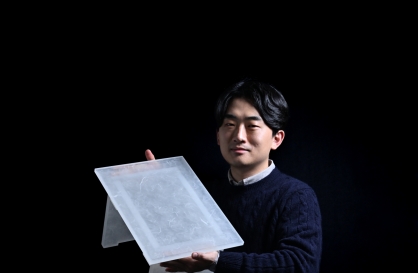
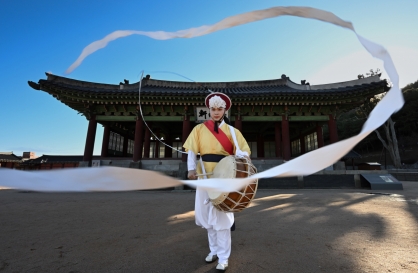
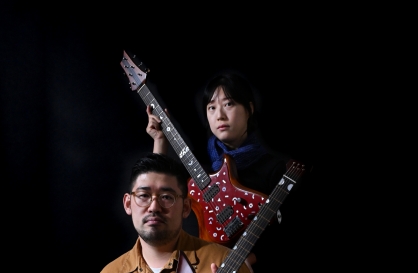
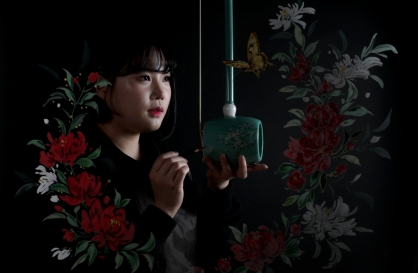
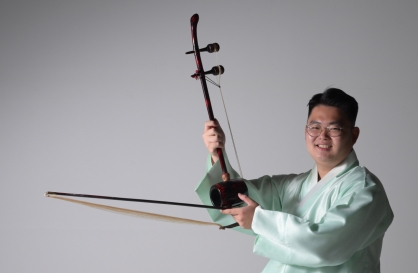







![[Today’s K-pop] BTS’ Jin single hits Billboard’s Hot 100 at No. 53](http://res.heraldm.com/phpwas/restmb_idxmake.php?idx=642&simg=/content/image/2024/11/26/20241126050076_0.jpg&u=)